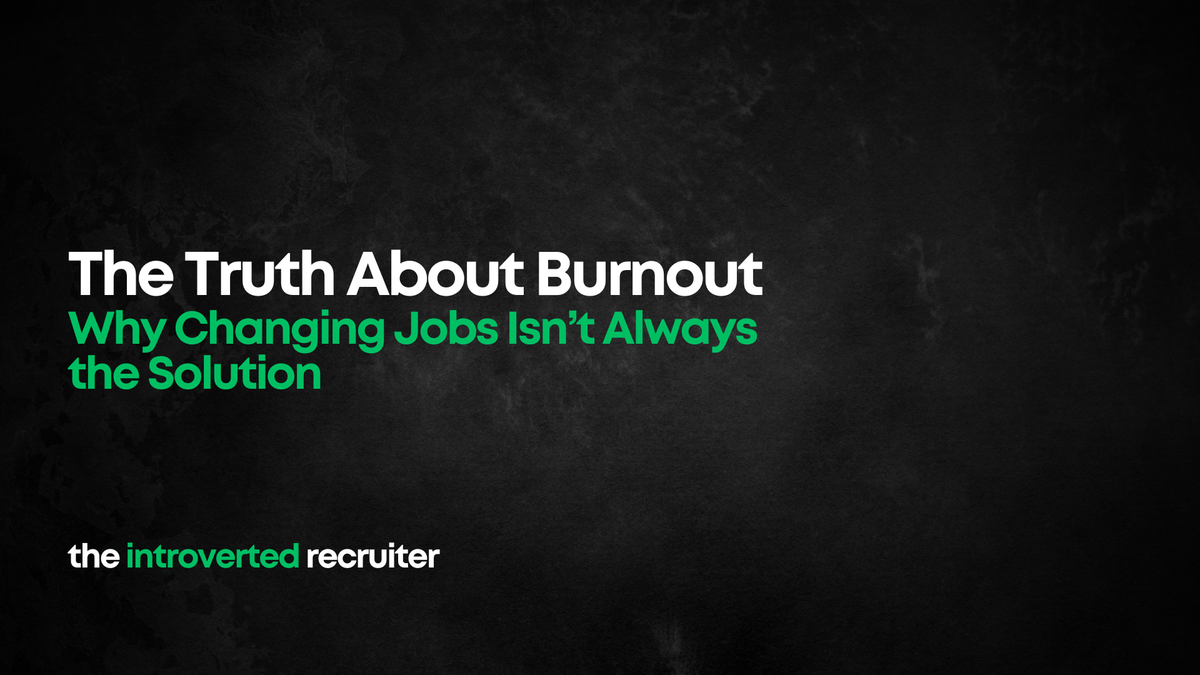The Truth About Burnout: Why Changing Jobs Isn’t Always the Solution

Let’s start with a truth that’s hard to hear: burnout isn’t always about your job. Sure, a toxic boss or an unmanageable workload can push you to the edge, but sometimes, the issue isn’t just external. It’s how we manage stress, set (or don’t set) boundaries, and deal with the relentless pace of modern work.
Burnout has become a common story. It’s that creeping exhaustion that takes over your body and mind, making every task feel monumental. It’s the frustration that bubbles up over the smallest things. It’s the voice in your head whispering, “You’re not good enough,” even when you’ve been overachieving for years.
Switching jobs might seem like the easiest fix—and sometimes it’s necessary—but if the root causes of your burnout are internal, they’ll follow you wherever you go. Burnout-proofing your career isn’t about escaping; it’s about building the resilience, habits, and strategies that allow you to thrive in the long run.
Here’s how to spot burnout, understand its causes, recover from it, and make sure it doesn’t return.
What Is Burnout?
Burnout isn’t just feeling stressed after a tough week or tired because you didn’t sleep well. It’s a chronic state of emotional, mental, and physical exhaustion caused by prolonged, unrelenting stress. Unlike short-term stress, which can sometimes motivate you to get things done, burnout leaves you feeling trapped, hopeless, and unable to function.
The Three Dimensions of Burnout
Burnout isn’t one thing—it’s a combination of:
- Exhaustion: A constant lack of energy, even after rest.
- Cynicism or Detachment: Feeling disconnected from your work or even resentful of it.
- Reduced Performance: Struggling to keep up, doubting your abilities, and feeling ineffective.
The Signs You’re Burned Out
Burnout is sneaky. It often starts small: a missed workout here, a skipped lunch there. But over time, the signs become harder to ignore. Here’s what to look out for:



